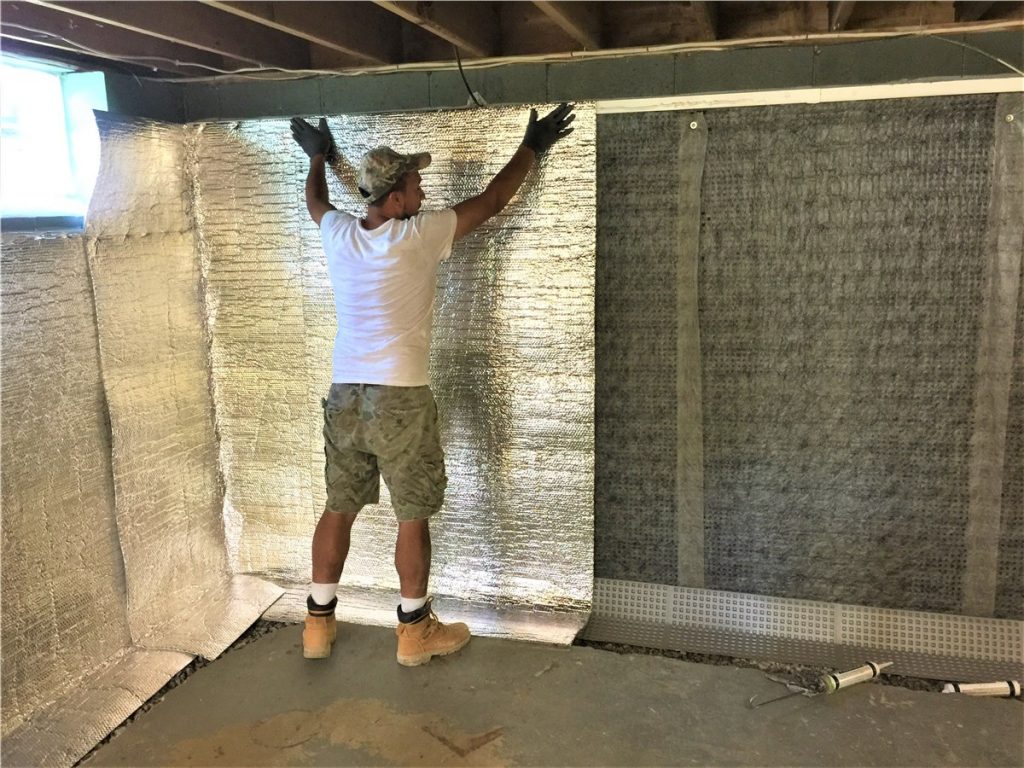
Anyone whose home comes with a basement should be concerned with basement waterproofing. Basements are prone to flooding during heavy rains or during the spring when the snow starts to melt. It is also usually where water released by leaky pipes ends up. With so much potential water damage waiting to destroy your home, your interest in the different basement waterproofing methods should be pretty high.
If you want to waterproof your basement after you’ve had a leak, your first step is to figure out exactly where the water is coming from. Internal and External waterproofing methods are similar but aren’t identical. If the problem lies with the structural integrity of your basement your options will be different than if the leaks are coming from pipes or internal issues.
If you haven’t yet looked into waterproofing and are wondering how to go about making sure that water doesn’t ruin the structure of your home (or the belongings it contains), there are three basic types of waterproofing to choose from: exterior waterproofing, interior water drainage and interior sealants.
Exterior basement waterproofing involves protecting the building materials used to construct your basement and it is the most effective method of waterproofing your basement. In fact, this method is the only method recognized by the International Building Code as a good enough to keep water intrusion from causing major structural damage to your home. Exterior waterproofing is done using polymers. These are usually membranes that are used to waterproof the walls and are the best option because the polymers can last thousands of years.
Interior Water Drainage is not technically a basement waterproofing method but it is often used in dealing with the water in basements and so it has been adopted as a method of “waterproofing.” With interior water drainage, interior drainage systems drain the water away from the foundation footers and out from below the floor of the basement. This method can be done yourself with the help of sump pumps. The trick to this method is to make sure that the drainage system will still operate in the event of a power failure or if the sump pump stops working.
Interior Sealants are not considered to be ideal basement waterproofing products, but they will do in a pinch! Typically the interior sealants are used to keep the atmospheric humidity levels down within the basement. This also keeps moisture from being absorbed into the walls and structural elements of the basement and it keeps spilling from happening.
It is important to waterproof your basement because it provides the structural foundation for the rest of your home. Your basement is the “ideal” location for the growth of mold and other threats to the structure of your home. Basement mold and mildew can kill your home and are expensive to remove, so it is important that you do everything you can to keep them from growing. Basement waterproofing is the best way to keep your home safe, warm and (most importantly) dry.
